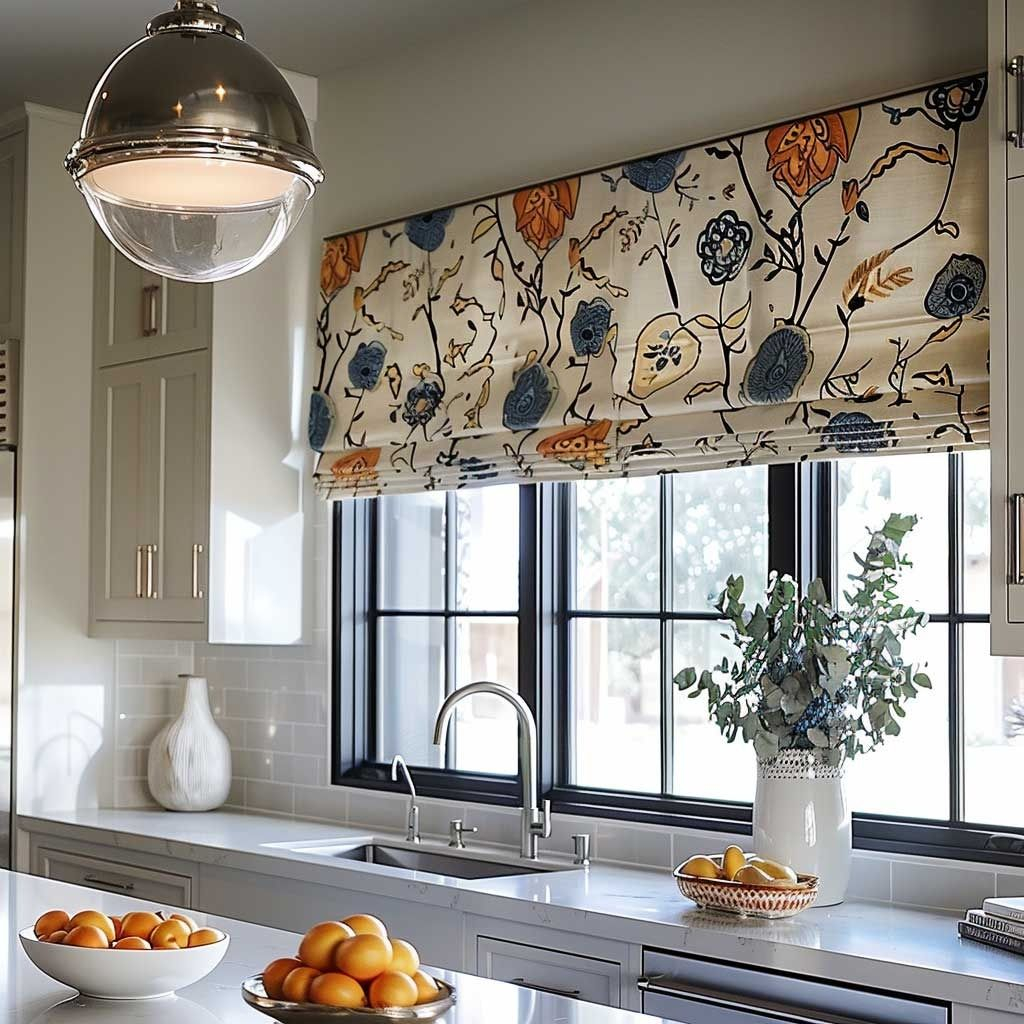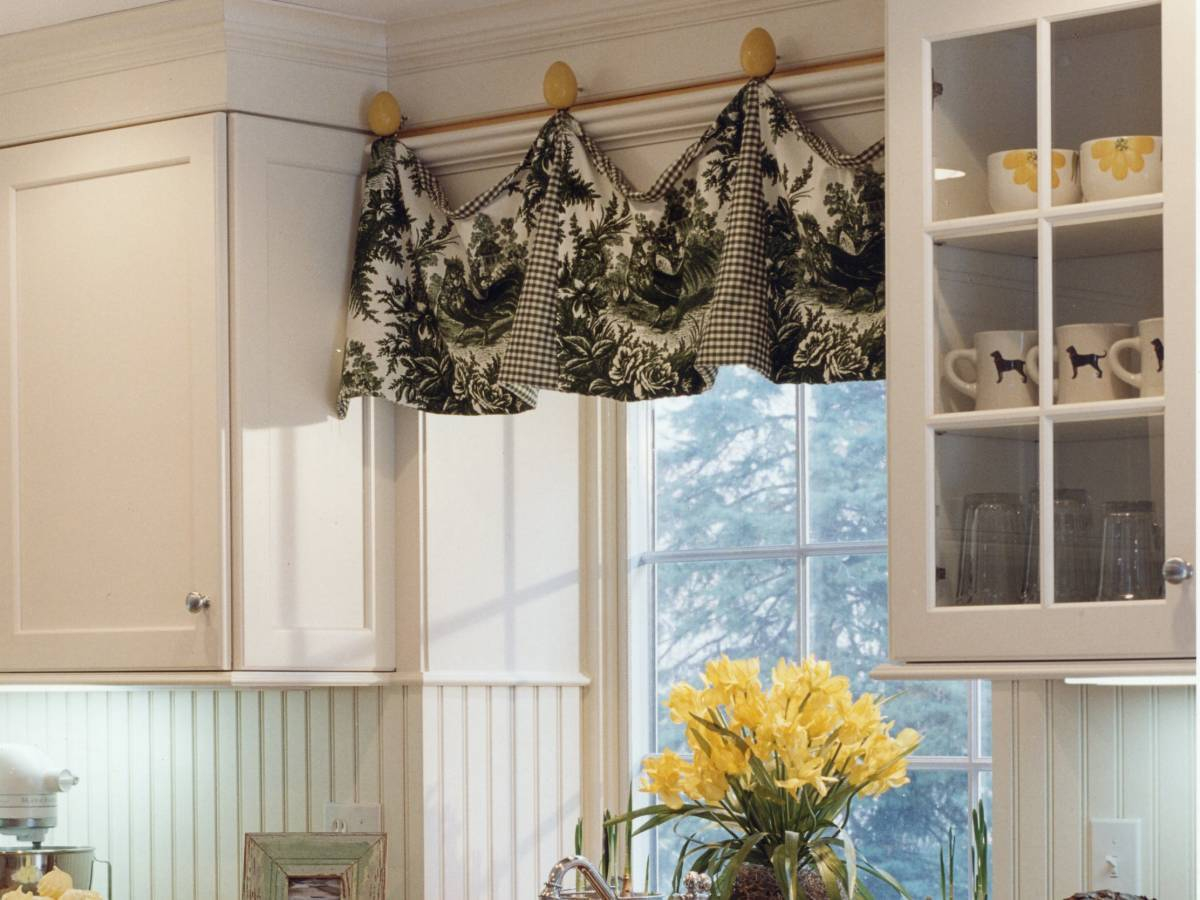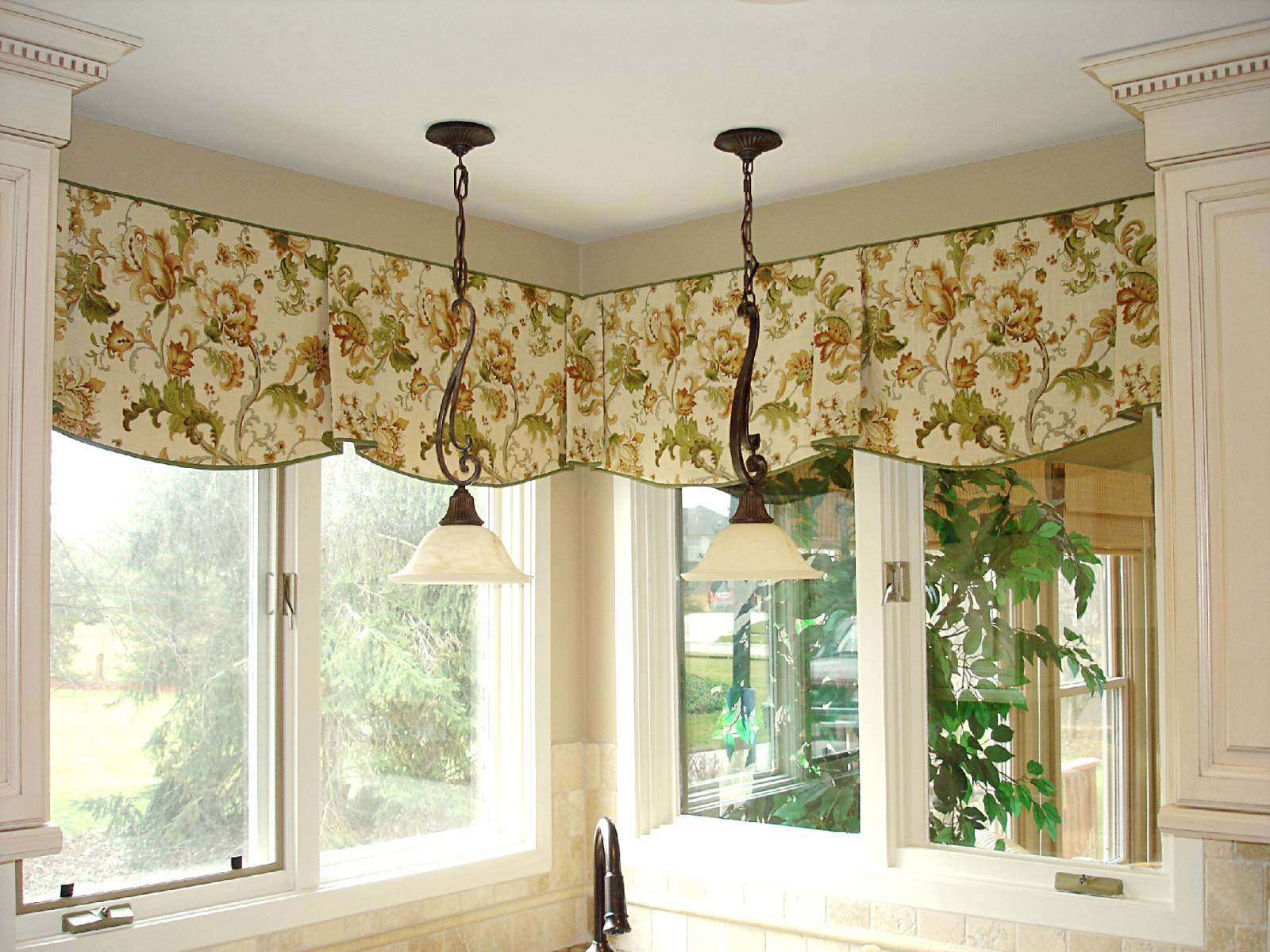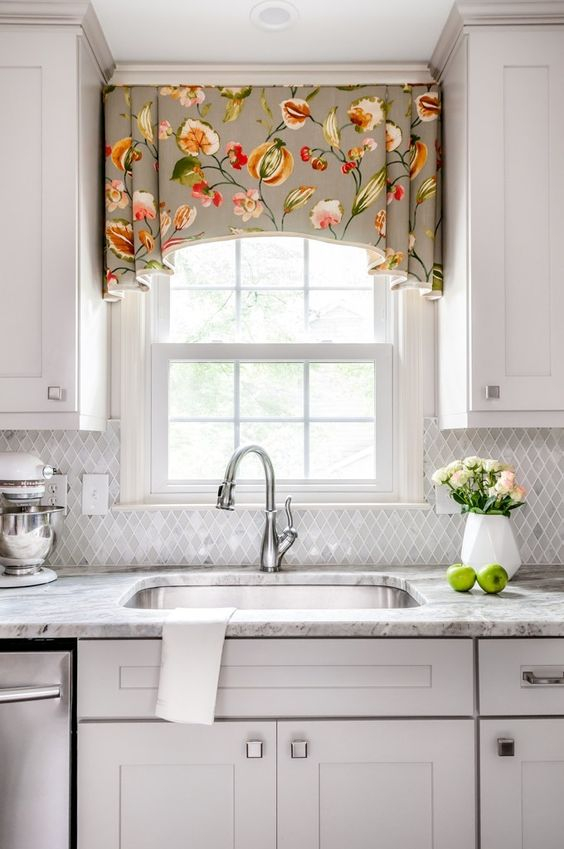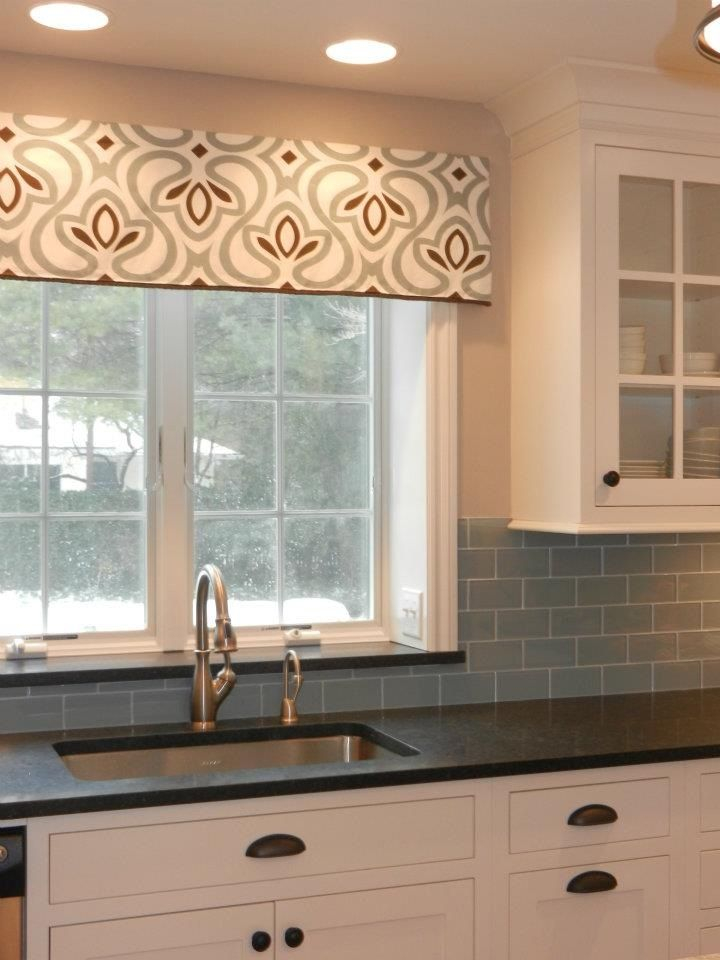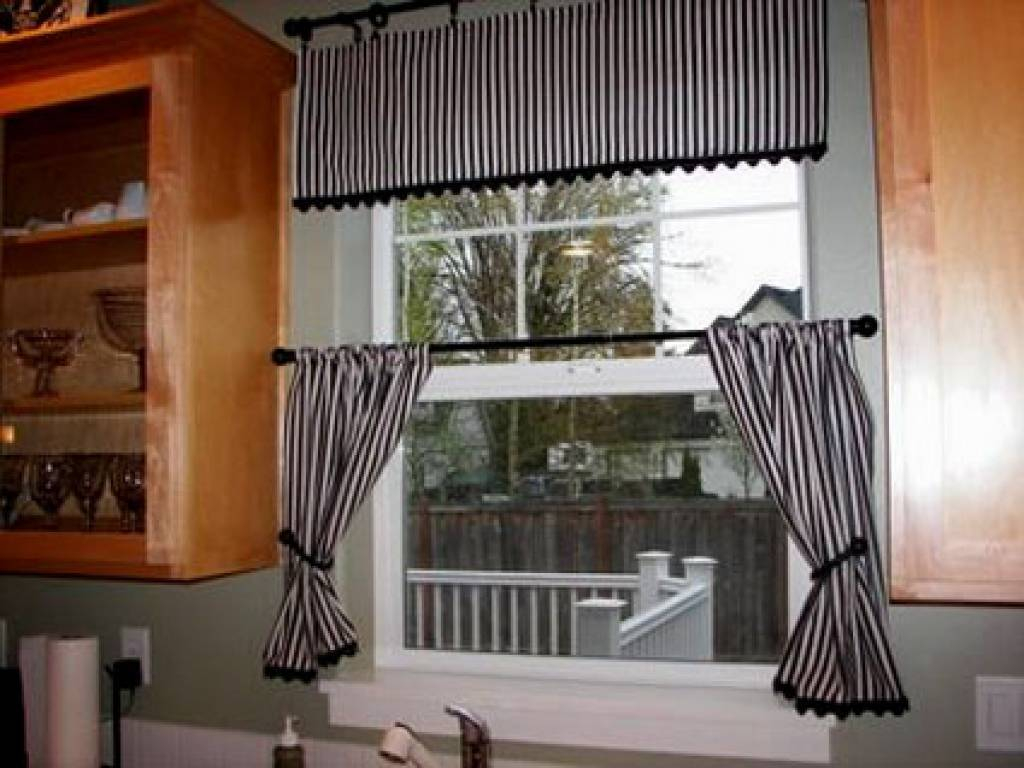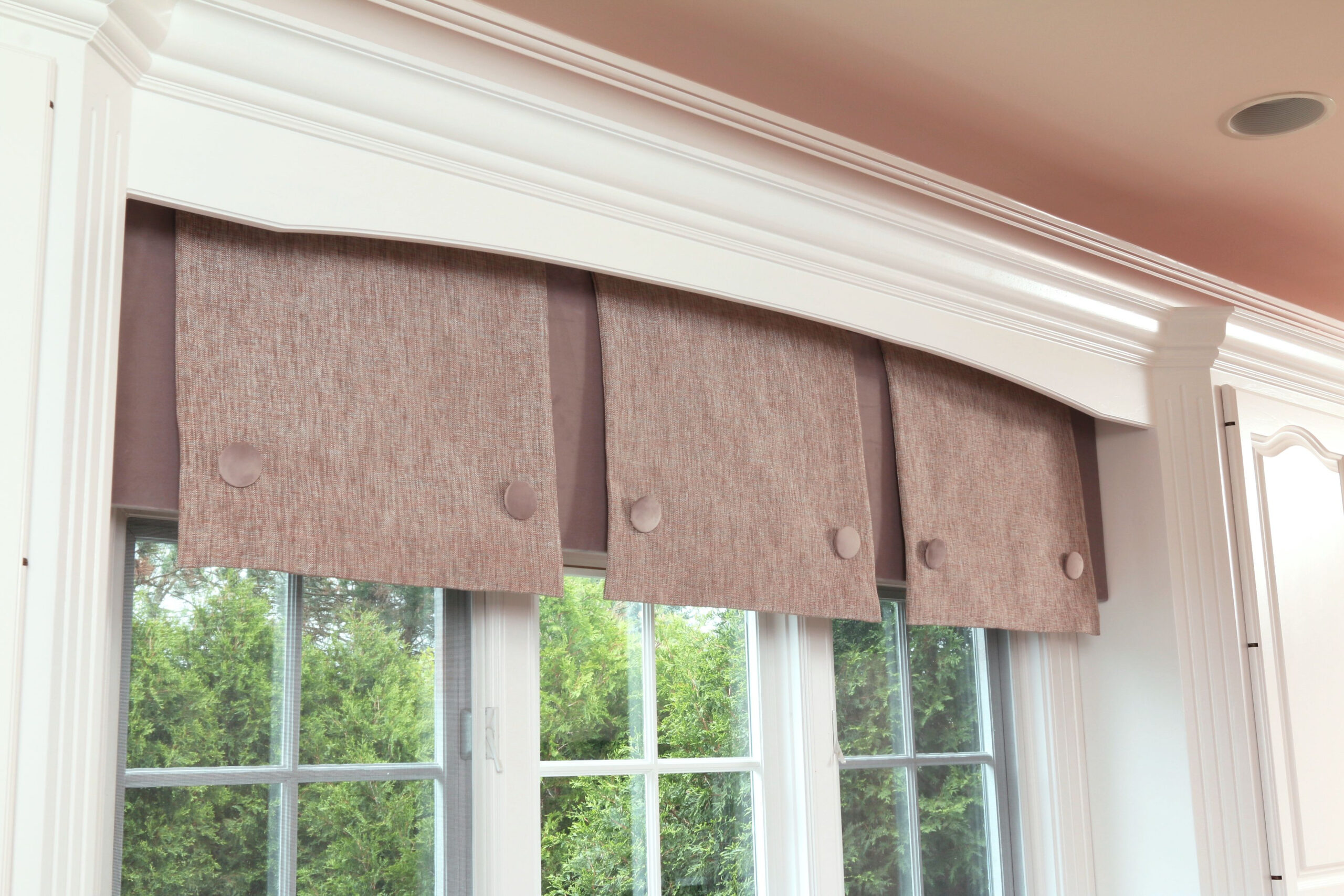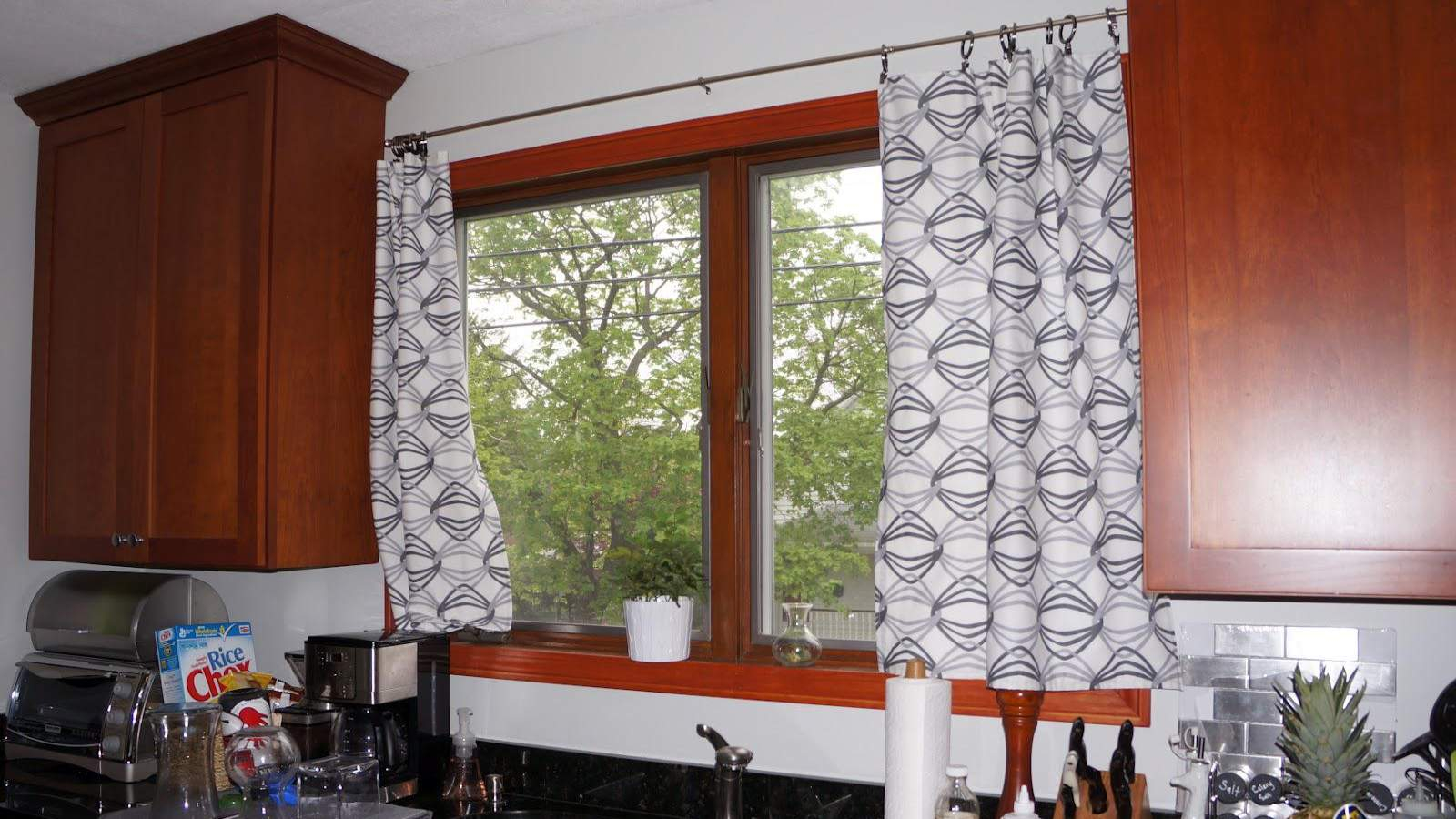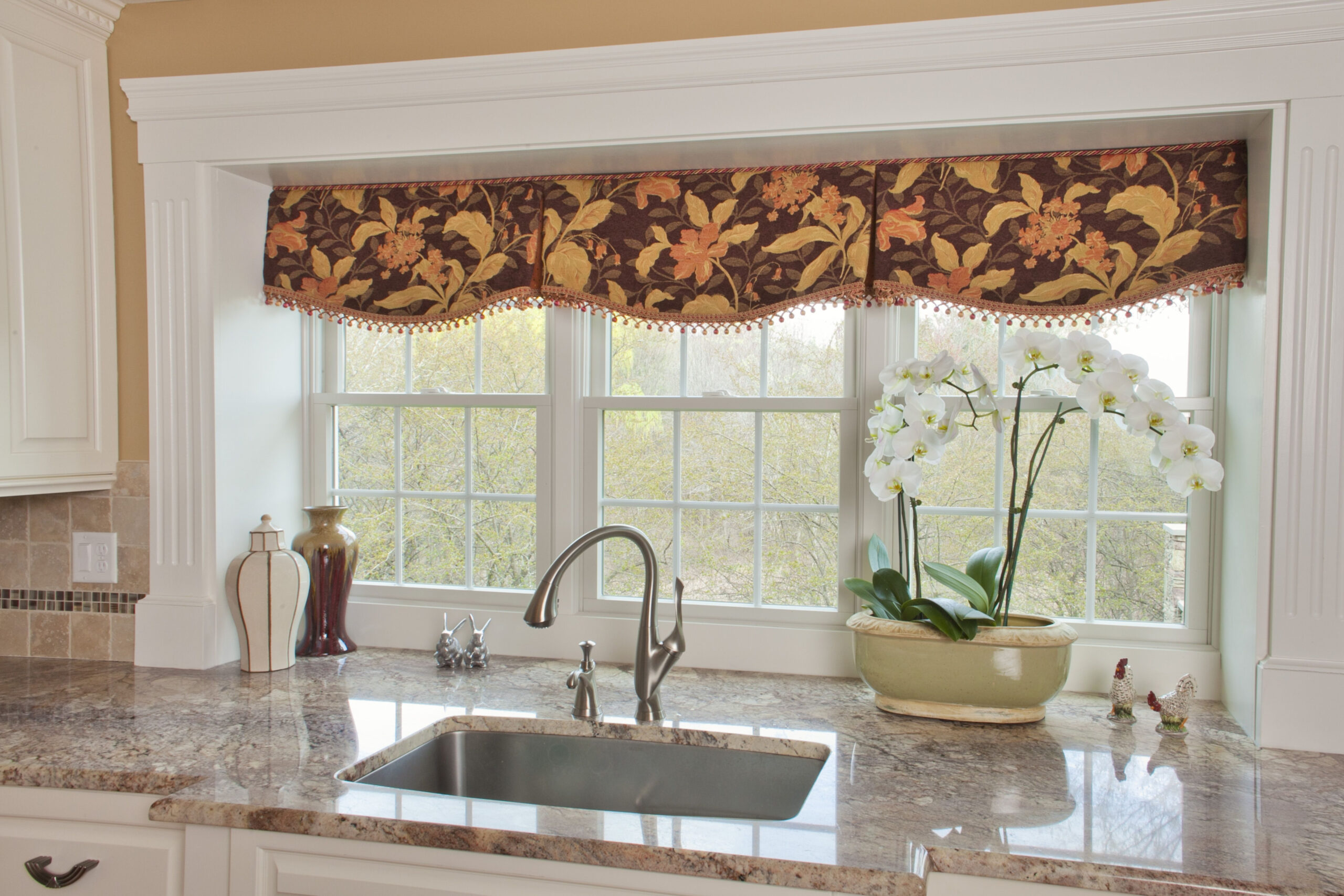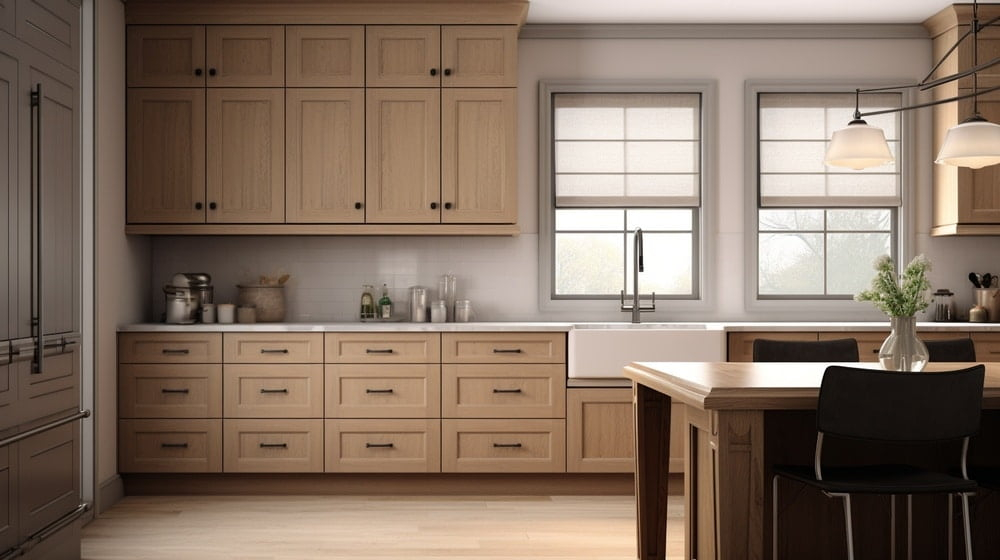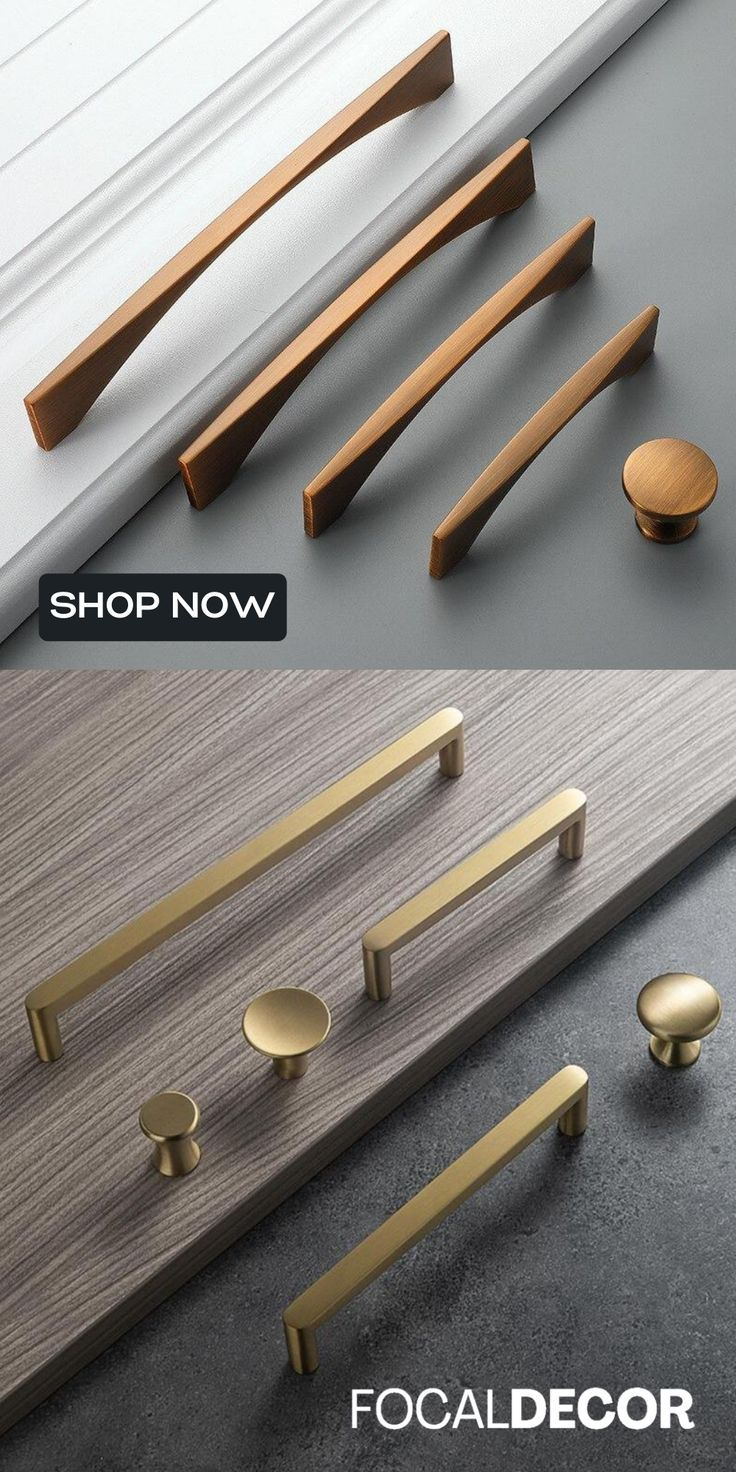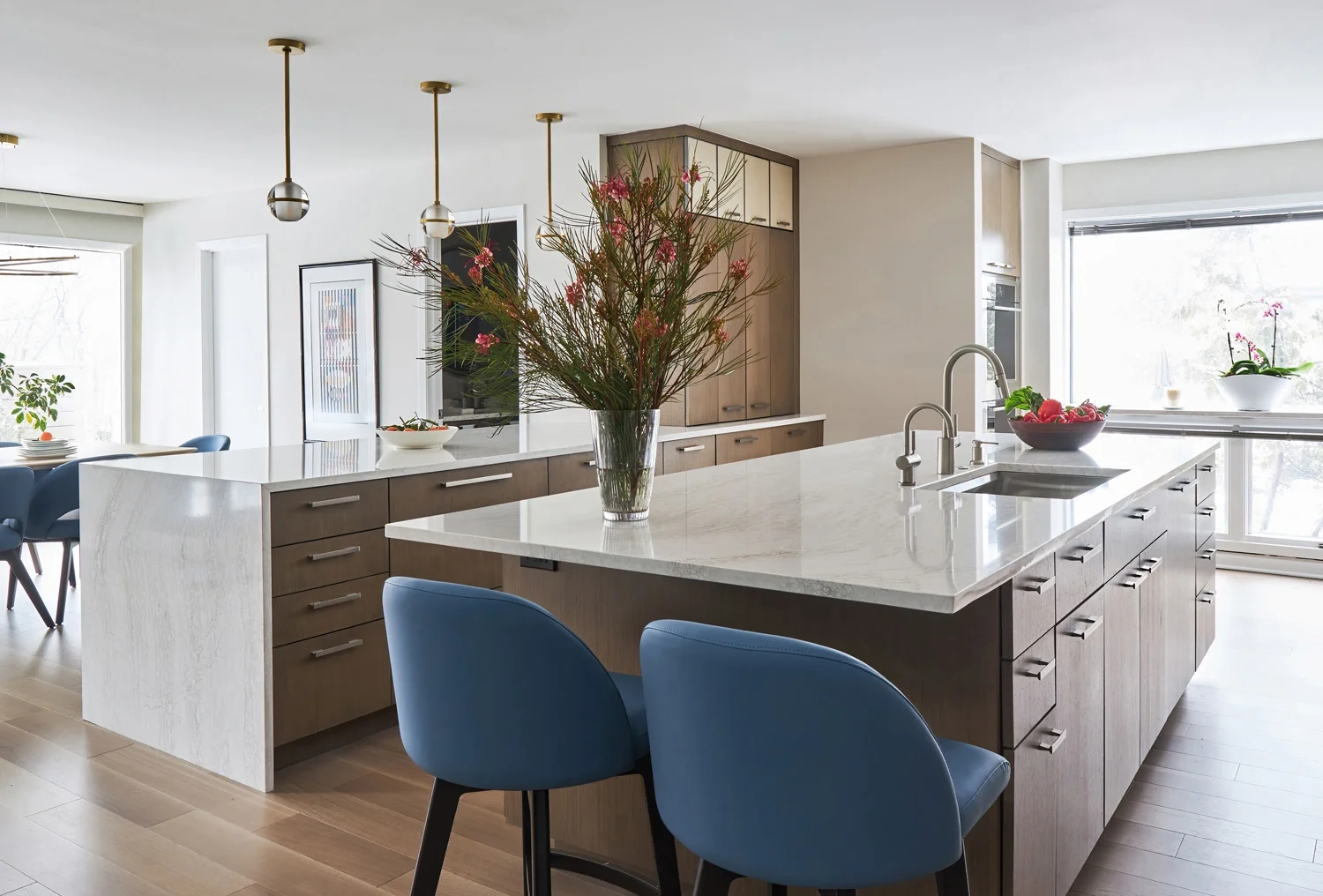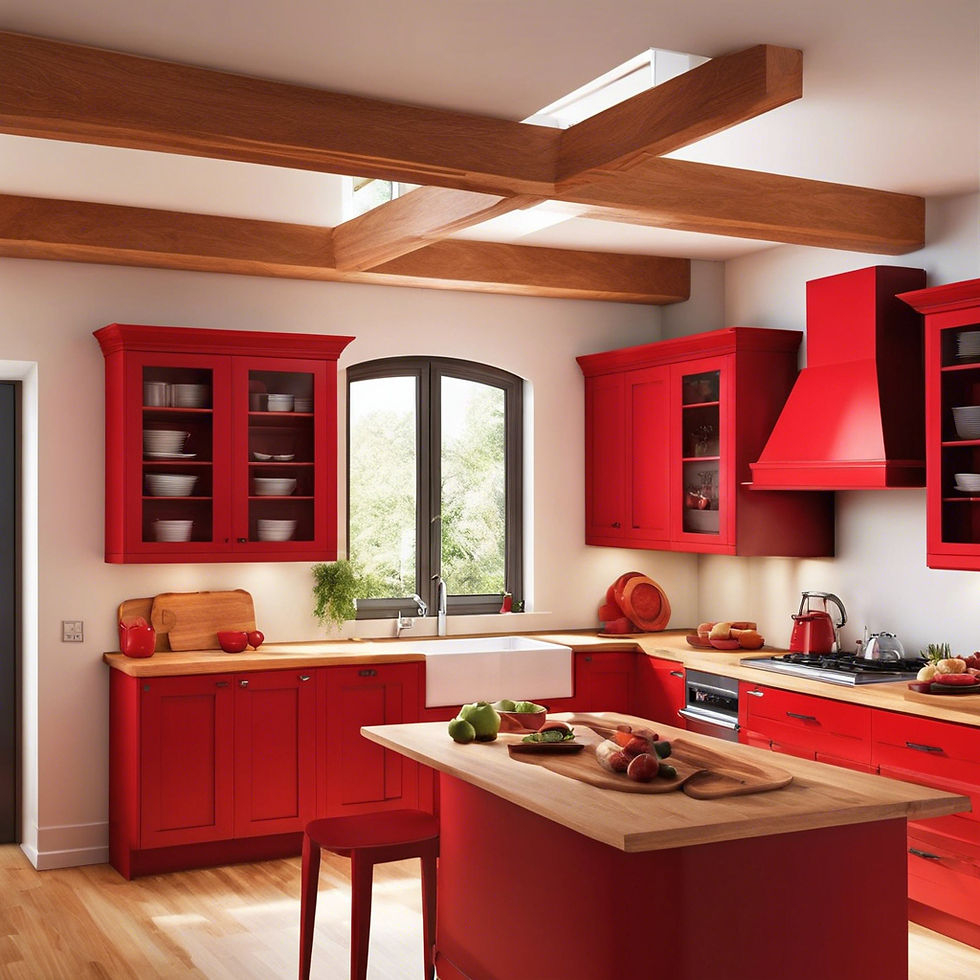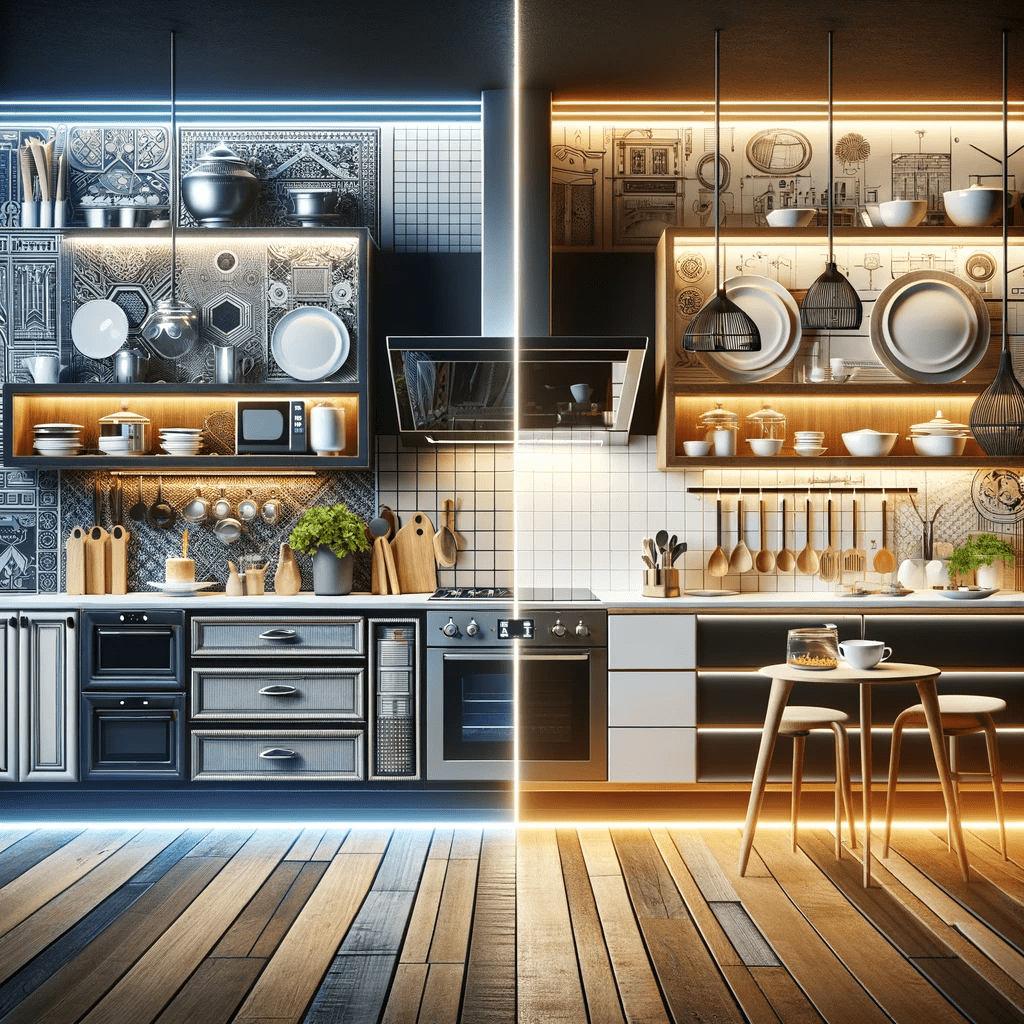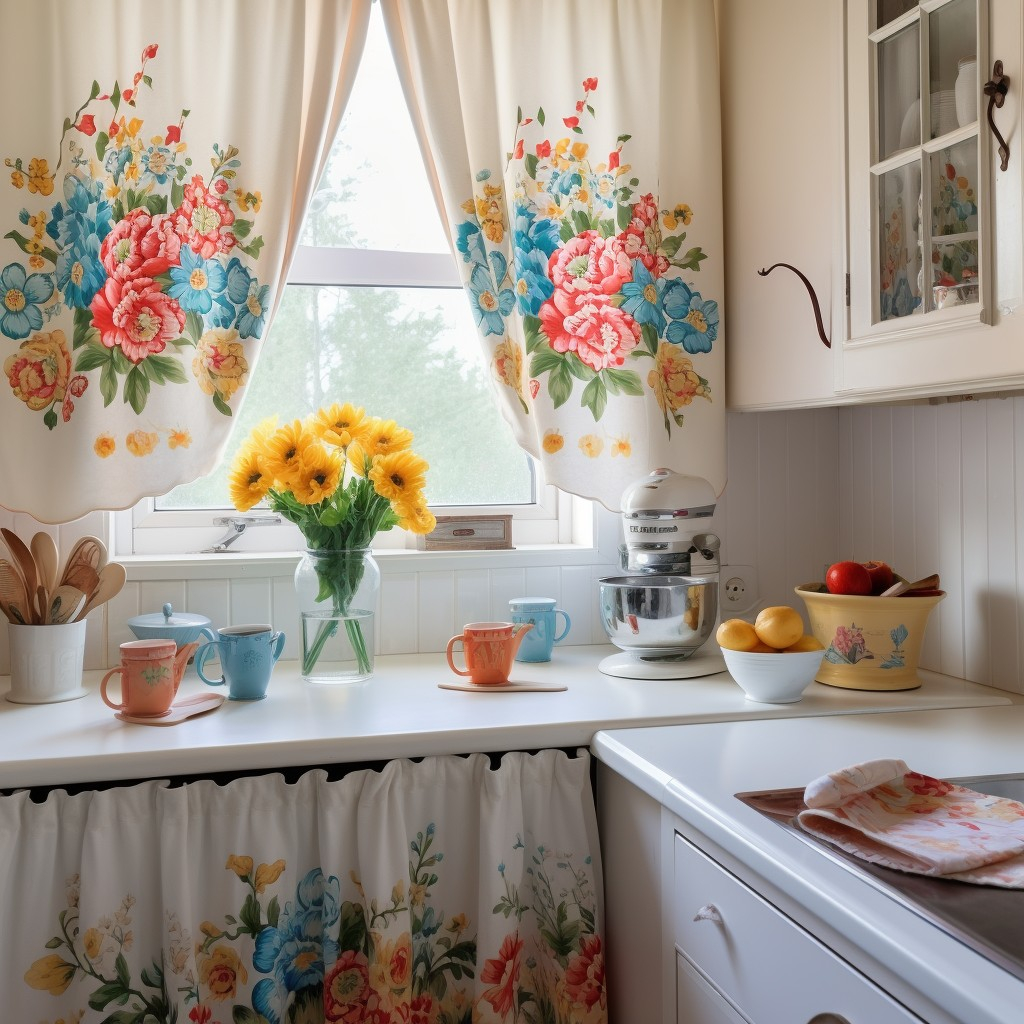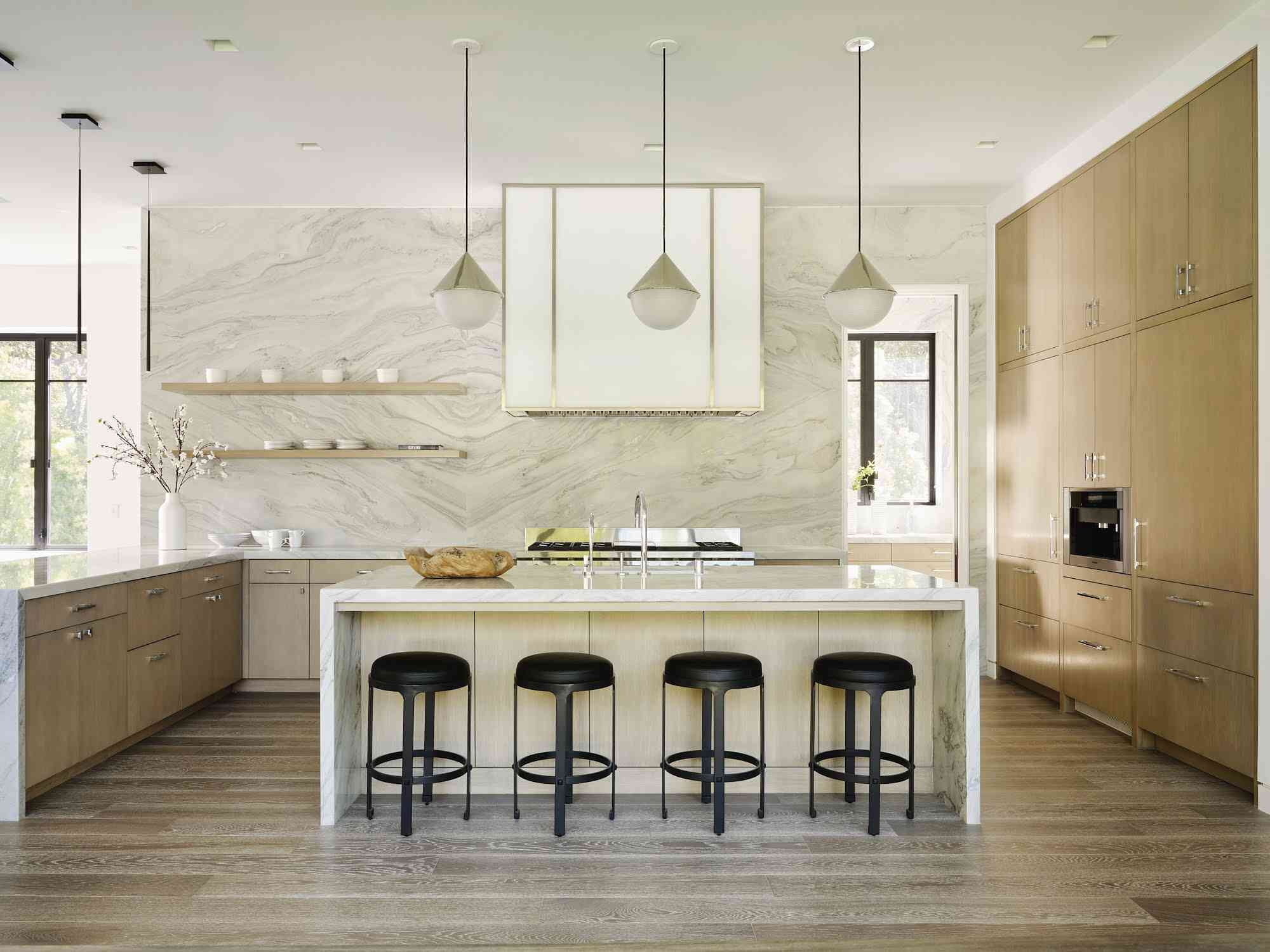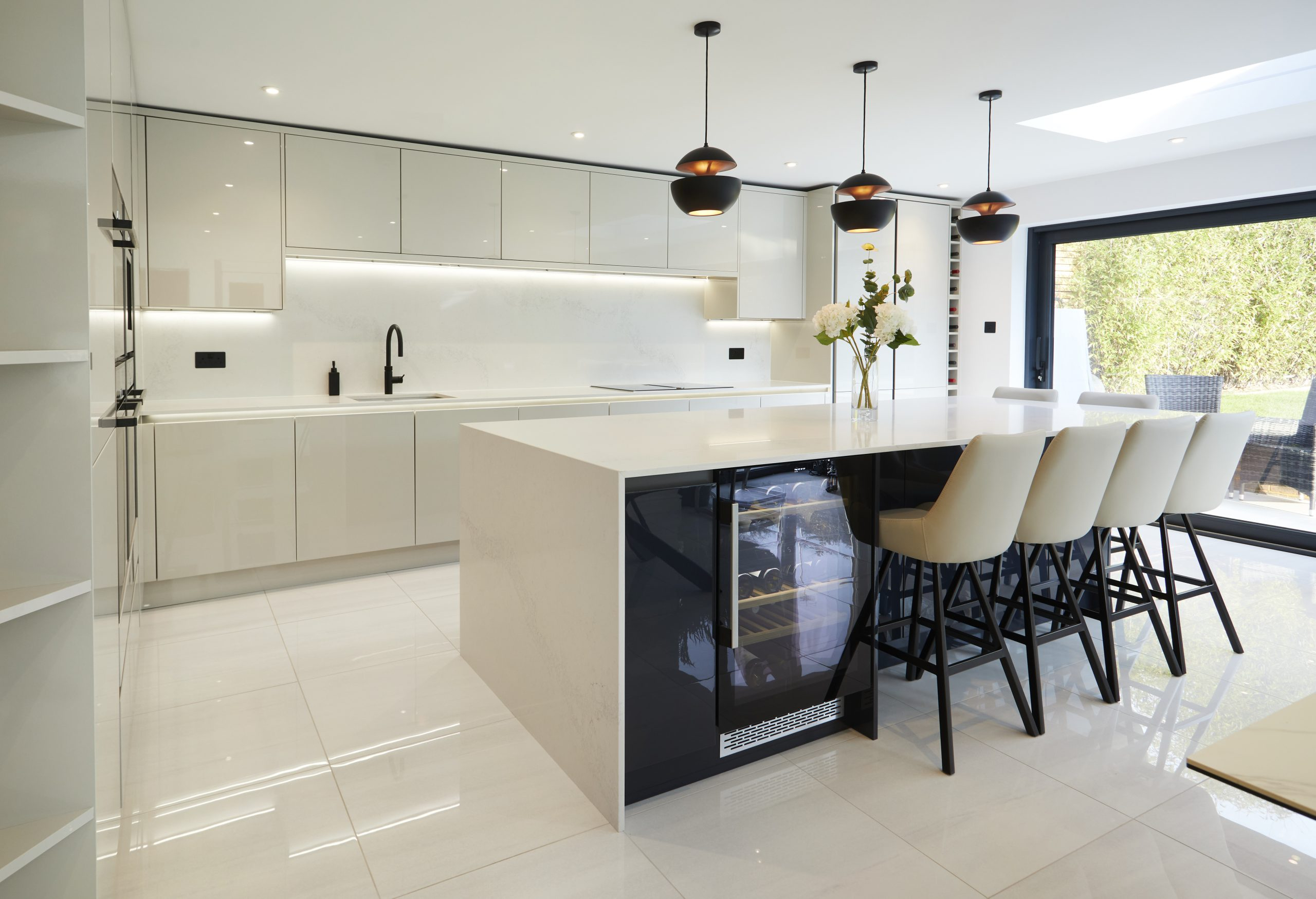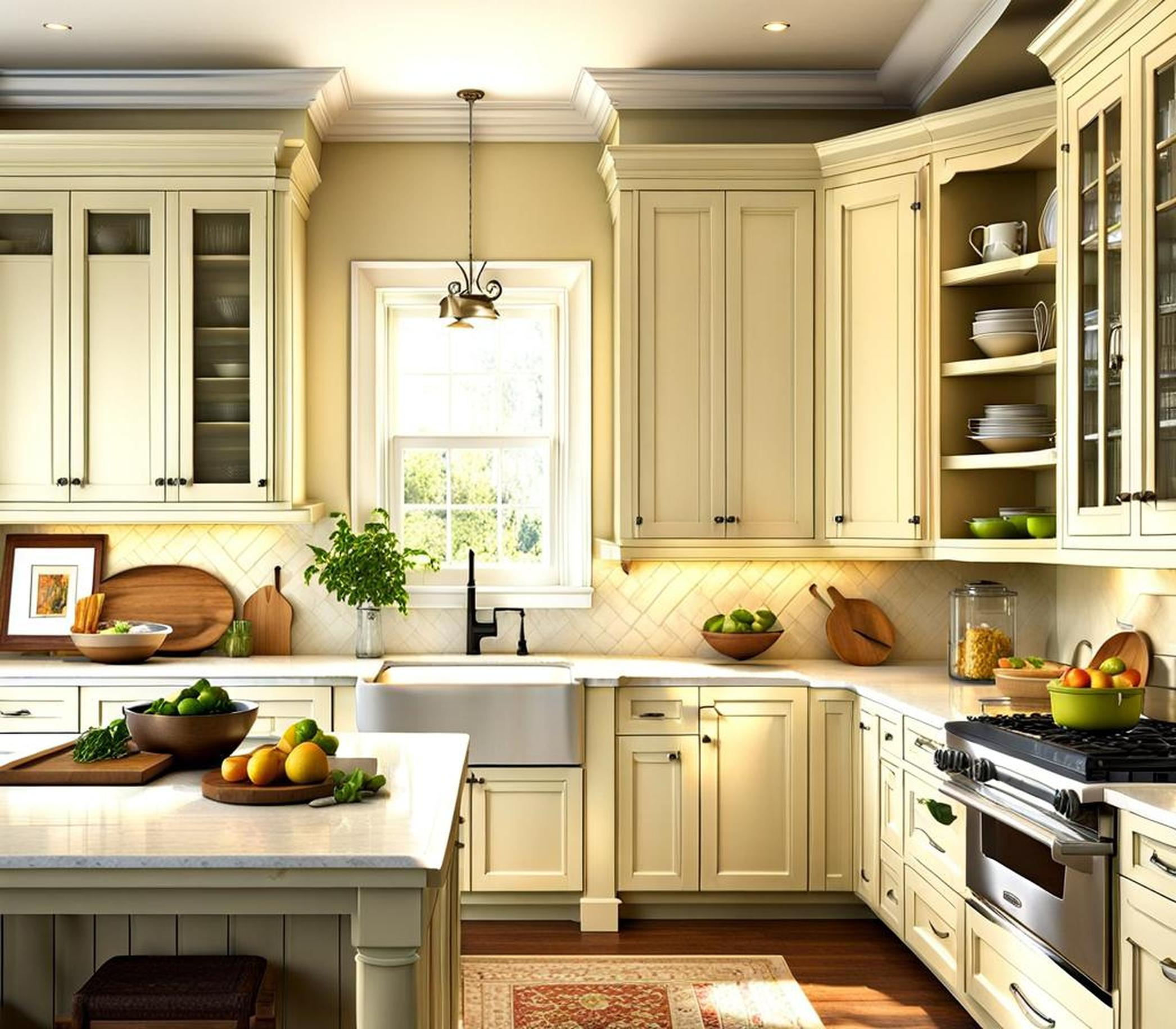Your kitchen is often the heart of the home, a place for cooking, gathering, and making memories. While countertops and cabinetry often get the spotlight, window treatments play a crucial role in its overall ambiance. Modern kitchen valances, in particular, offer a stylish way to add personality, soften hard edges, and control light without sacrificing practicality. But with so many choices out there, how do you pinpoint the perfect ones for your space? Let’s dive in.
Think about your kitchen windows. Are they bare and a little uninviting? Or perhaps they’re adorned with something that doesn’t quite fit the vibe you’re going for. Window valances are more than just fabric; they’re design elements that can significantly impact how your kitchen feels. They can add a splash of color, introduce a subtle pattern, or simply provide a finished look. For those drawn to clean lines, minimalist aesthetics, and a sense of uncluttered calm, modern kitchen valances are an excellent choice. They bring together the best of form and function, offering a sophisticated touch without being overly fussy. It’s about finding that sweet spot where style meets everyday living.
Understanding Modern Kitchen Valance Styles
When we talk about ‘modern,’ we’re often thinking about simplicity, clean lines, and a focus on materials. This translates beautifully into valance designs. Forget heavy, ornate draperies of the past. Modern valances tend to be streamlined and understated. Some popular styles include:
- Straight Valances: These are simple, flat panels that hang across the top of the window. They’re incredibly versatile and can be used with various fabrics and patterns. Think of them as a clean, crisp frame for your window.
- Scalloped or Arched Valances: While still modern, these offer a gentle curve at the bottom edge. This can add a touch of softness without being overly traditional. It’s a subtle way to introduce a bit of visual interest.
- Pleated Valances: Whether it’s pinch pleats or goblet pleats, a well-executed pleat can add a touch of tailored elegance. The key is to keep the pleating refined and not too voluminous for a modern feel.
- Tab-Top Valances: These feature fabric tabs that loop over the curtain rod. They offer a casual yet chic look that works well in many modern kitchens.
- Swag Valances: Less common in strictly minimalist modern design, a single swag or a pair of swags can add a touch of sophisticated flair if done with a lighter fabric and a clean drape. It’s about balance and not overdoing it.
Choosing the Right Fabric and Color
The fabric you select will dictate the valance’s drape, texture, and overall feel. For a modern kitchen, consider fabrics that are:
- Lightweight and Breathable: Cotton, linen blends, or polyester fabrics often work best. They hang nicely and allow some natural light to filter through.
- Easy to Clean: Kitchens can be prone to grease and splashes, so opt for materials that can be easily wiped down or are machine washable. Performance fabrics are also a great option.
- Color Palette: Modern design often embraces neutral tones like whites, grays, beiges, and blacks. However, you can absolutely introduce color. Think about a muted blue, a sage green, or even a bold geometric pattern in a sophisticated colorway. The key is to integrate the color thoughtfully into your existing kitchen decor. A pop of color on a valance can be just the right amount of accent.
Example: If your kitchen has white cabinets and stainless steel appliances, a valance in a soft gray linen blend with a subtle geometric pattern in a darker gray or navy could add warmth and visual appeal without overwhelming the space.
Size and Proportion: Getting it Just Right
The size of your valance is critical for achieving that polished modern look. Too short, and it can look awkward; too long, and it might overwhelm the window or appear dated. Here are some guidelines:
- Width: The valance should typically be wider than the window frame itself, extending a few inches past on each side. This makes the window appear larger and more balanced.
- Length: A common rule of thumb is for the valance to cover about one-sixth to one-eighth of the total window length. For a standard window, this often means the valance might hang about 12-18 inches. However, this can vary depending on the ceiling height and the overall design. You want it to feel substantial enough to make a statement but not so long that it blocks too much light or makes the window look small.
- Placement: Hang the valance rod higher than the window frame, closer to the ceiling. This creates an illusion of height and makes the window appear grander. It’s a simple trick that makes a big difference.
Functionality and Light Control
While aesthetics are important, modern valances should also serve a practical purpose. Consider how you want to manage light in your kitchen:
- Light Filtering: If you want to maximize natural light while still adding a decorative element, choose lighter fabrics that allow some light to pass through.
- Blackout or Room Darkening: If your kitchen receives harsh afternoon sun, you might consider valances with a lining or made from thicker, darker fabrics. However, for a truly modern and airy feel, many opt for valances that primarily serve a decorative purpose and pair them with other window treatments like blinds or shades for light control.
- Privacy: If privacy is a concern, valances alone might not be sufficient. You may need to combine them with roller shades, cellular shades, or blinds that can be lowered when needed. The valance then acts as a beautiful frame for these functional elements.
Installation Tips for a Seamless Look
Getting the installation right is key to that clean, modern finish. Here are a few pointers:
- Curtain Rod Choice: Opt for simple, sleek curtain rods. Metal rods in finishes like brushed nickel, matte black, or chrome are excellent choices for modern kitchens. Avoid rods with elaborate finials.
- Rod Placement: As mentioned, mounting the rod higher and wider than the window frame enhances the window’s appearance. Use a level to ensure it’s perfectly straight.
- Hardware: Ensure your hardware (brackets and rod) is sturdy enough to support the weight of your valance, especially if you’ve chosen a heavier fabric or a lined valance.
- DIY vs. Professional: For simple straight valances, a DIY installation is often manageable. However, for more complex styles or if you want a guaranteed perfect finish, consider hiring a professional installer.
Pairing Valances with Other Window Treatments
Sometimes, a valance alone doesn’t quite meet all your needs for light control or privacy. That’s where pairing comes in. Modern kitchens often benefit from a layered approach:
- Valances with Blinds or Shades: A common and effective combination is a valance paired with roller shades, Roman shades, or cellular shades. The valance adds the decorative touch, while the shades provide adjustable light and privacy. This is particularly useful for windows that need to be functional as well as beautiful.
- Valances with Side Panels: For larger windows or sliding glass doors, you might pair a valance with simple, floor-length side panels. Choose panels in a complementary solid color or a subtle texture to avoid a cluttered look.
- Simplicity is Key: Remember, the goal of modern design is often to avoid excess. When layering, ensure each element complements the others without competing for attention. The valance should be the focal point, or at least a significant design element, without making the window look overly dressed.
Choosing modern kitchen valances is a fantastic way to inject style and personality into one of the most important rooms in your home. By focusing on clean lines, appropriate fabrics and colors, and correct sizing, you can create a look that is both sophisticated and welcoming. Whether you opt for a simple straight valance or a gently curved style, remember that it’s the details that truly elevate a space. Don’t be afraid to experiment a little and find what resonates with your personal style and the unique character of your kitchen. Happy decorating.

